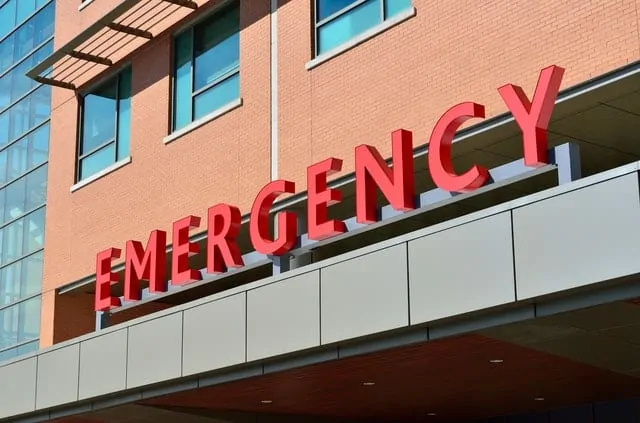New Patients: 850-888-3553
Current Patients: 850-763-5817

As of March 18, 2020, the American Dental Association has recommended a nationwide postponement of all elective dental procedures and encouraged dentists to provide emergency services only. But how do you determine the difference between a dental emergency and a non-emergency? The ADA is helping out there, too and released important information and guidance to help both you and your dentist in Panama City during these unprecedented times.
According to the ADA, dental emergencies are “potentially life-threatening and require immediate treatment to stop ongoing tissue bleeding [or to] alleviate severe pain or infection.” The guide released to dentists back in March goes into even more detail to give specific examples of potential dental emergencies. Let’s take a look.
There is also a subset of the ADA’s guidelines to emergency dental needs called urgent dental care. These problems may still require dental care quickly and include:
This is not an all-inclusive list of all dental emergencies that may require immediate treatment. Other situations may include defective restorations that cause pain, extensive cavities or decay that cause pain, needed adjustments to dental appliances when they aren’t functioning properly, or the replacement of temporary fillings where the patient is in pain.
At this time, dental offices are discouraged from having preventive, routine appointments or seeing patients with non-urgent needs such as:
Please note, while your dentist in Panama City is here to help you in any way possible, there are some limitations as to what we can and cannot do at this time. The best thing to do if you think you’re experiencing a dental emergency is to call your dentist.
*As information about COVID-19 changes regularly both at the state level and on a national scale, please check your local area for the most recent updates regarding dental care.
As of March 18, 2020, the American Dental Association has recommended a nationwide postponement of all elective dental procedures and encouraged dentists to provide emergency services only. But how do you determine the difference between a dental emergency and a non-emergency? The ADA is helping out there, too and released… Read More…